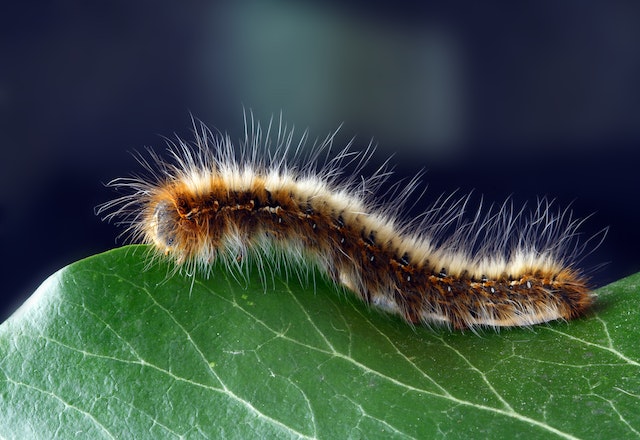Screwworm control is an important aspect of livestock and wildlife management, and one of the key strategies used in combating this pest is through the production and release of sterile flies. The process of fly production for screwworm control involves several intricate steps and careful attention to detail. Let’s take a behind-the-scenes look at how these flies are produced to help protect animals and ecosystems.
1. Fly Breeding: The first step in fly production is the careful selection and breeding of screwworm flies. These flies are raised in a controlled environment where their reproduction is closely monitored and managed. Only healthy and genetically diverse flies are chosen for breeding to ensure the viability and effectiveness of the sterile flies.
2. Larval Rearing: After mating, the female flies lay their eggs, which then develop into larvae. These larvae are reared in a specific diet that provides them with the necessary nutrients to grow and develop. The rearing process involves maintaining optimal conditions of temperature, humidity, and hygiene to ensure healthy larval growth.
3. Pupal Stage: As the larvae mature, they enter the pupal stage, where they undergo metamorphosis and transform into adult flies. During this stage, the pupae are carefully monitored and transferred to appropriate containers to facilitate their development.
4. Sterilization: Once the pupae have developed, they are subjected to a sterilization process using ionizing radiation. This process renders the flies incapable of reproducing, ensuring that when released into the wild, they cannot produce viable offspring. The level of radiation used is carefully calibrated to sterilize the flies without causing harm to their overall fitness.
5. Packaging and Transport: After sterilization, the flies are sorted, counted, and packaged for transport. Specialized containers are used to ensure the flies remain protected and undisturbed during transit. These containers are designed to maintain appropriate temperature and humidity levels to keep the flies healthy and viable.
6. Release and Monitoring: The final step is the release of the sterile flies into the target area. The release is carried out strategically to maximize effectiveness in suppressing the wild screwworm population. After release, ongoing monitoring and surveillance are conducted to assess the impact of the sterile fly program and make any necessary adjustments.
The production of sterile flies for screwworm control requires a coordinated effort involving entomologists, biologists, and technicians who work diligently to ensure the success of the program. Their work plays a crucial role in protecting livestock and wildlife from the devastating effects of screwworm infestation.
Through these behind-the-scenes efforts, the production and release of sterile flies provide an effective and environmentally friendly method for screwworm control. By suppressing the population of fertile flies, this approach helps safeguard the health and well-being of animals and promotes the balance of ecosystems in affected areas.




